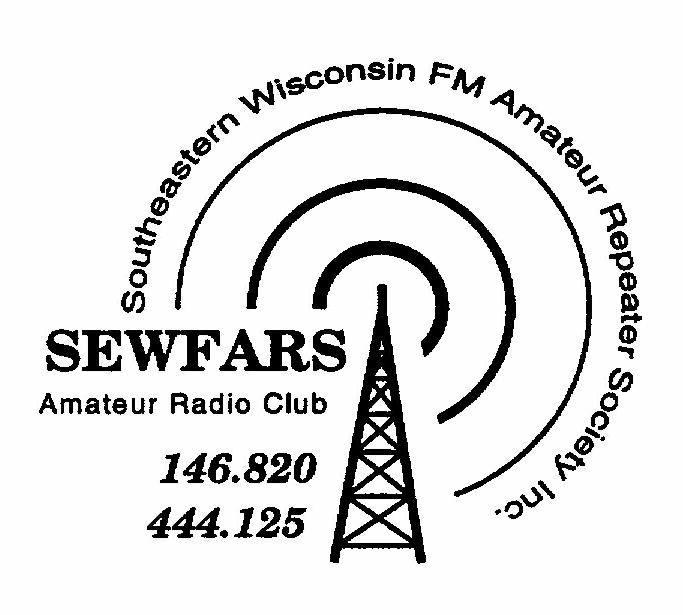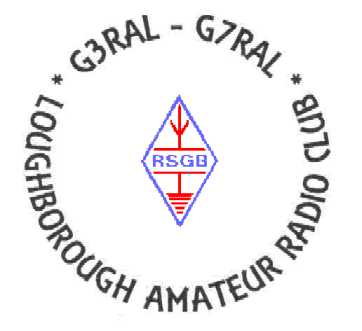KB9JQU
The Home Page of
KB9JQU, Curt Sardeson
My HAM Radio
History
I started in Amateur Radio at a very young age by using an old short-wave receiver to listen to low band radio broadcasts. I was always interested in listening to the HAM operators on 80M AM and I knew there was more there, but I did not have SSB or CW. Much later while at university I purchased my first scanner and started to monitor interesting frequencies including 2M and 70CM FM repeaters. I was very interested in Amateur Radio but did not know how to get started and how to get my license.
I knew I wanted to get into HAM Radio, but I did not know how to or what to do. Finally, one day in March of 1995, my good friend Pete Lashock (KB9JQT) decided on a whim to purchase an HTX-404 70cm HT from Radio Shack on sale. He also picked up two books on getting your no-code Technician license. We monitored a few QSOs, and I looked over the study material. Pete mentioned that there would be a testing session the next weekend and he was going for it. I asked to borrow one of the books and Pete loaned me his Gordan West book and I had 1 week to study!
I took the book to Maryland with me where I was working on a project and I used all my spare time to study. I studied on the airplane trips, at the hotel at night, and during my lunch hours. Finally, it was the weekend, and the big day was here, Saturday March 11th, 1995. I was living in Milwaukee and I was taking the tests with Pete in Madison. I wanted to study up to the last minute, so I had my Girlfriend drive me to Pete's apartment in Madison, so it gave me an extra hour to study!
The testing session was at the Madison sewage treatment plant (strange place for a HAM test we thought) and Pete and I drove over there monitoring the 70cm repeater and quizzing each other on questions. I only had 1 week to prepare, and I was very nervous as I felt underprepared. We had two tests to pass that day, the Novice and the Technician. I know the Novice material very well, but I was still struggling on some of the Technician material.
We finally arrived at the testing site and immediately noticed a wealth of cars with call sign license plates wired looking antennas on them. When we walked inside everyone was very serious and quiet. We did not talk to anyone but just to ourselves and it was a surreal feeling of entering some new club or fraternity where you needed to pass some initiation. Eventually a bearded man opened the doors and made some introduction but all I could here in my mind was neophytes step forward and prove you are worthy.
We walked in and filled out some forms and paid the $5.90 to the ARRL/VEC team to take the tests. I had brought my scientific calculator and one of the examiners was concerned that I had stored notes in the machine. I assured him I did not, and I pressed the hidden reset button to put their fears at rest. Boy where these people were serious about this testing.
The moment had arrived, and we were asked to sit down, and we were given the tests. Pete finished first since he knew the material very well. Pete always had a leg up on me when it came to electronics and radio theory. Shortly after Pete finished, I finished and handed in my paper after he did. Then we sat and waited.
Pete got his results first and he passed! Then I was called. I passed the Novice with flying colors. But the Technician was not as well. I passed but just barely and the examiner made a frowning comment about it, but I was just happy to pass.
First License
Not long after our test on March 20th we got our call signs, KB9JQT for Pete and KB9JQU for me. Sequential calls were a nice gift for two longtime friends. We were able to get our call signs by calling a 1-800 number and it only took a little over a week to process! We heard horror stories from other HAMs at the testing of how it used to take the FCC months to process applications.
On to General and
Advanced
I was not happy that the examiner was disappointed with my poor score on my Technician exam so I decided to make a pact that I would upgrade before my 1-year anniversary in Amateur Radio. The next step was Morse code at 5 WPM to get my Technician Plus license.
To make a long story short I passed the Technician Plus before 1 year and continued to pass my General and Advanced class tests including the 13 WPM Morse. I should mention that thanks to Simon, AA9PW, I was able to study for my General and Advance on the Internet.
Operating in the UK and Belgium
In the late 1990s, I was assigned to the UK for work and there I obtained the callsign M0BCO. I used this callsign from about 1996 to 1999.†† I was then transferred to Belgium and there I was able to use my USA callsign.†† Iíve unfortunately lost all my old QSL cards and logbooks (paper in those days).†† If I had a QSO with you in those days send me a confirmation request on qrz.com or LoTW.†††
Today
Today I still hold an Advanced class license and Iím hesitant to upgrade to Extra as the Advance class license is no longer offered.†† I kind of feel special being in an obsolete class of operators HI HI.†† I operate mostly on HF using a Yaesu FT-900AT at 100 watts.†† When I moved to North Carolina from Belgium, I put up a GAP Titan DX antenna which worked great until about 2006 when a storm put a tree right on top of it and destroyed it.††† That took me off the air for nearly 15 years until the Labor Day Weekend of 2021 when I put up an Off-Center Fed Dipole for 40, 20, 10 and 6 meters at about 51 feet.††† I mostly work DX for the fun of it and Iím now getting into POTA and finding it fascinating.†† I plan to upgrade to a more modern transceiver but keep the Yaesu FT-900AT to use portable and as a backup (two is one, one is none).†

Member Of
I am, or have been, a member of the following clubs/organizations:
Last Updated: Friday, September 17, 2021





